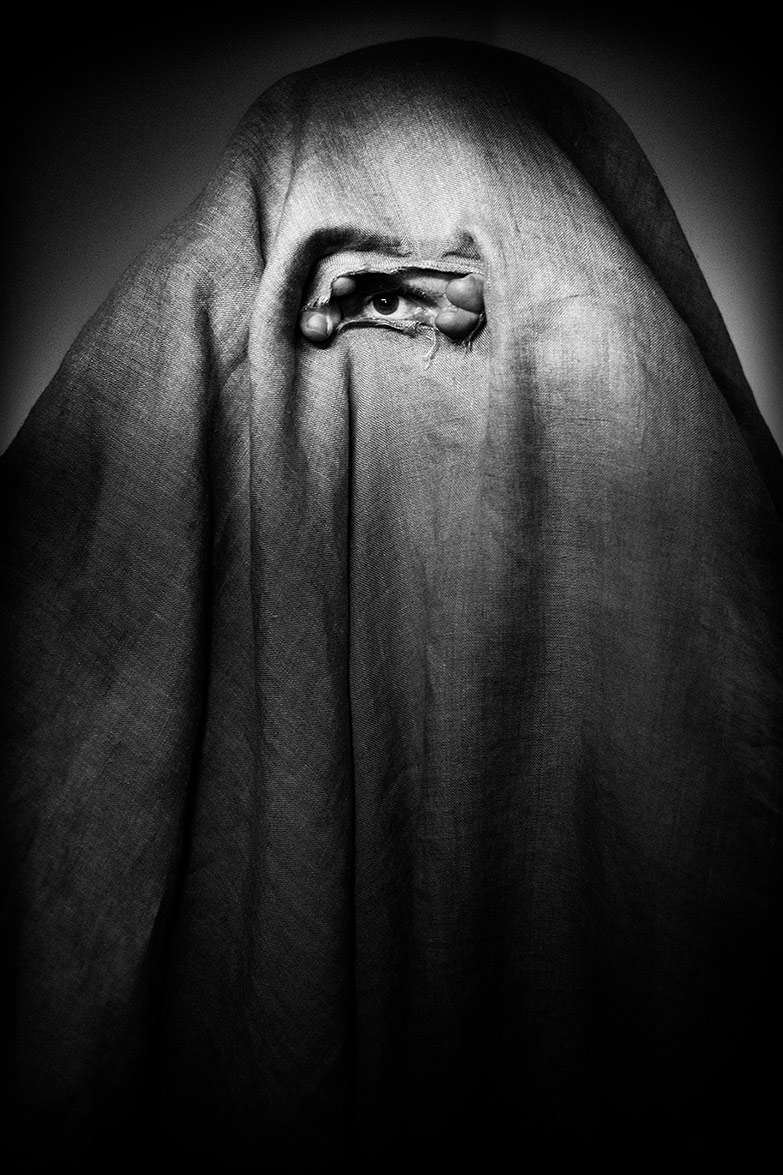ABOUT
 Image caption
Image caption
The themes in Nick Brandt’s photographic series always relate to the destructive impact that humankind is having on both the natural world and now humans themselves too.
In the East African trilogy, On This Earth, A Shadow Falls Across The Ravaged Land (2001-2012), Brandt established a style of portrait photography of animals in the wild similar to that of the photography of humans in studio setting, shot on medium format film, attempting to portray animals as sentient creatures not so different from us.
In Inherit the Dust (2016), Brandt photographed in places in East Africa where the animals used to roam. In each location, life size panels of unreleased animal portrait photographs were erected, setting the panels within a world of explosive human development. It is not just the animals who are the victims in this out of control world, but also the humans.
Photographing in color for the first time, This Empty World (2019) addresses the escalating destruction of the East African natural world at the hands of humans, showing a world where, overwhelmed by runaway development, there is no longer space for animals to survive. The people in the photos are also often helplessly swept along by the relentless tide of ‘progress’. Each image is a combination of two moments in time shot from the exact same camera position, once with wild animals that ente frame, after which a set is built and a cast of people drawn from local communities.
The Day May Break (2021-2024) is an ongoing global series portraying people and animals that have been impacted by environmental degradation and destruction.
Chapter One was photographed in Zimbabwe and Kenya in 2020, Chapter Two in Bolivia in 2022.
In these chapters, the people in the photos have all been badly affected by climate change, from extreme droughts to floods that destroyed their homes and livelihoods. The photographs were taken at several sanctuaries and conservancies.
The animals are almost all long-term rescues, victims of everything from habitat destruction to wildlife trafficking. These animals can never be released back into the wild. As a result, they are almost all habituated to humans, and so it was safe for human strangers to be close to them, photographed in the same frame at the same time.
Photographic Historian Philip Prodger summed these up thus:
"A landmark body of work by one of photography’s great environmental champions…….Brandt portrays people and animals together, causing us to reflect on the real-life consequences of climate change. Channeling his outrage into quiet determination, the result is a portrait of us all, at a critical moment in the Anthropocene.”
SINK / RISE, The Day May Break, Chapter Three, was photographed in Fiji in 2023.
This third chapter of The Day May Break focuses on South Pacific Islanders impacted by rising oceans from climate change. The people in these photos, photographed underwater in the ocean, are representatives of the many people whose homes, land and livelihoods will be lost in the coming decades as the water rises.
All the people in these photographs are photographed in-camera underwater.
THE ECHO OF OUR VOICES: The Day May Break, Chapter Four was photograped in Jordan in 2024.
Jordan is considered the second most water-scarce country in the world. The photographs feature refugee families, who feld the war in Syria, now living in Jordan. Living lives of continuous displacement largely due to climate change, they are forced to move their homes up to several times a year, moving to where there is available agricultural work, to wherever there has been sufficient rainfall to enable crops to grow.
The photographs were taken in the deserts of southern Jordan. The stacks of boxes that the families sit and stand together on aim skyward - a verticality implying more sense of strength or defiance - and provide pedestals for those that in our society are typically unseen and unnoticed. Not generals or politicians of history, but human beings equally worthy of their place in the world.
Brandt has had solo gallery and museum shows around the world, including New York, London, Berlin, Stockholm, Paris and Los Angeles.
All the series are published in book form.
Born and raised in London, where he originally studied Painting and Film, Brandt now lives in the southern Californian mountains.
In 2010, Brandt co-founded Big Life Foundation, a non-profit in Kenya/ Tanzania that employ more than 350 local rangers protecting 1.6 million acres of the Amboseli/Kilimanjaro ecosystem.
 Image caption
Image caption